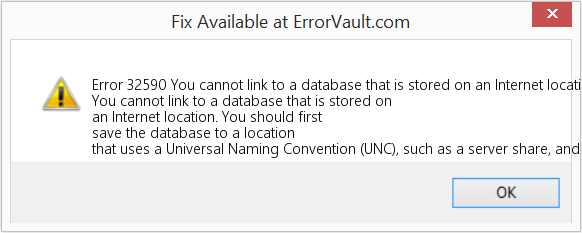
Nowadays usually on the root filesystem itself, unless the system, bootloader etc. In Research Unix, this was one file rather than a directory. Otherwise, it needs to be on the root filesystem itself.Ĭontains all the files needed for successful booting process.

In System V.4, this is a symlink to /usr/bin. Stands for binaries and contains certain fundamental utilities, such as ls or cp, that are needed to mount /usr, when that is a separate filesystem, or to run in one-user (administrative) mode when /usr cannot be mounted. The slash / character alone denotes the root of the filesystem tree. Here is a generalized overview of common locations of files on a Unix operating system: Although the file system layout is not part of the Single UNIX Specification, several attempts exist to standardize (parts of) it, such as the System V Application Binary Interface, the Intel Binary Compatibility Standard, the Common Operating System Environment, and Linux Foundation's Filesystem Hierarchy Standard (FHS). The details of the directory layout have varied over time. These were first documented in the hier(7) man page since Version 7 Unix subsequent versions, derivatives and clones typically have a similar man page. Conventional directory layout Ĭertain conventions exist for locating some kinds of files, such as programs, system configuration files, and users' home directories. Other Unix systems may support additional types of files. Symlinks were modeled after a similar feature in Multics, and differ from hard links in that they may span filesystems and that their existence is independent of the target object.
Universal database naming conventions software#
The Berkeley Software Distribution (BSD) and System V each added a file type to be used for interprocess communication: BSD added sockets, while System V added FIFO files.īSD also added symbolic links (often termed "symlinks") to the range of file types, which are files that refer to other files, and complement hard links. The original Unix file system supported three types of files: ordinary files, directories, and "special files", also termed device files. (As originally envisioned in 1969, the Unix file system would in fact be used as a general graph with hard links to directories providing navigation, instead of path names. The mathematical traits of hard links make the file system a limited type of directed acyclic graph, although the directories still form a tree, as they typically may not be hard-linked. Multiple names in the file system may refer to the same file, a feature termed a hard link. Instead, they contain the names of files paired with references to so-called inodes, which in turn contain both the file and its metadata (owner, permissions, time of last access, etc., but no name). This second disk was mounted at the empty directory named usr on the first disk, causing the two disks to appear as one filesystem, with the second disk’s contents viewable at /usr. In the original Bell Labs Unix, a two-disk setup was customary, where the first disk contained startup programs, while the second contained users' files and programs. The root of the entire tree is denoted /.

Instead of addressing separate volumes such as disk partitions, removable media, and network shares as separate trees (as done in DOS and Windows: each drive has a drive letter that denotes the root of its file system tree), such volumes can be mounted on a directory, causing the volume's file system tree to appear as that directory in the larger tree. The filesystem appears as one rooted tree of directories. The rest of this article uses Unix as a generic name to refer to both the original Unix operating system and its many workalikes. Also, the filesystem provides access to other resources through so-called device files that are entry points to terminals, printers, and mice. Īs in other operating systems, the filesystem provides information storage and retrieval, and one of several forms of interprocess communication, in that the many small programs that traditionally form a Unix system can store information in files so that other programs can read them, although pipes complemented it in this role starting with the Third Edition. It was also one of the first parts of the system to be designed and implemented by Ken Thompson in the first experimental version of Unix, dated 1969.

In Unix and operating systems inspired by it, the file system is considered a central component of the operating system.


 0 kommentar(er)
0 kommentar(er)
